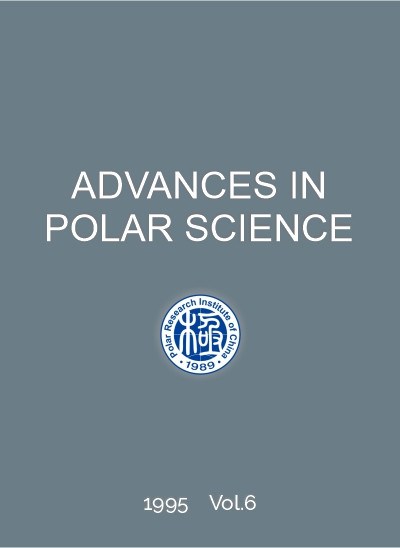Publication: Advances in Polar Science (APS). Antarctic Research. Vol. 6, No. 1, 1~11, June 1995
To download the publication please click on the download link at the bottom of the page
Author: Zhou Xiuji, Zheng Xiangdong, Lu Longhua and Guo Song
CNARC member: Polar Research Institute of China (PRIC)
Abstract: Measurements of column amounts of ozone, and UV-B radiation by using Brewer Ozone Spectrophotometer over Zhongshan Station (69.38°S, 76.37°E), Antarctica in the 1993 "Ozone Hole" are introduced. Low total ozone amount near or below 200 DU had been detected from August to November with focus moon light or direct solar light. High coherent variation between the ozone column amounts and the temperatures within altitude from 70 hpa to 50 hpa is very obvious. UV-B radiation is greatly controlled by the Solar Zenith Angle (SZA), total ozone amount as well as the sky conditions. Preliminary statistics analysis shows that noontime biologically weighted damaging UV-B (DUV-B) dose rate is a negative exponential function of the ozone slant column abundance (OSCA). The ratios of noontime irradiance for wavelength at 300.5 nm to that at 323.5 nm reveal that ozone is one of the most important factors for the surface UV-B enhancing during the ozone depletion period.
Keywords: ozone, UV-B, irradiance


